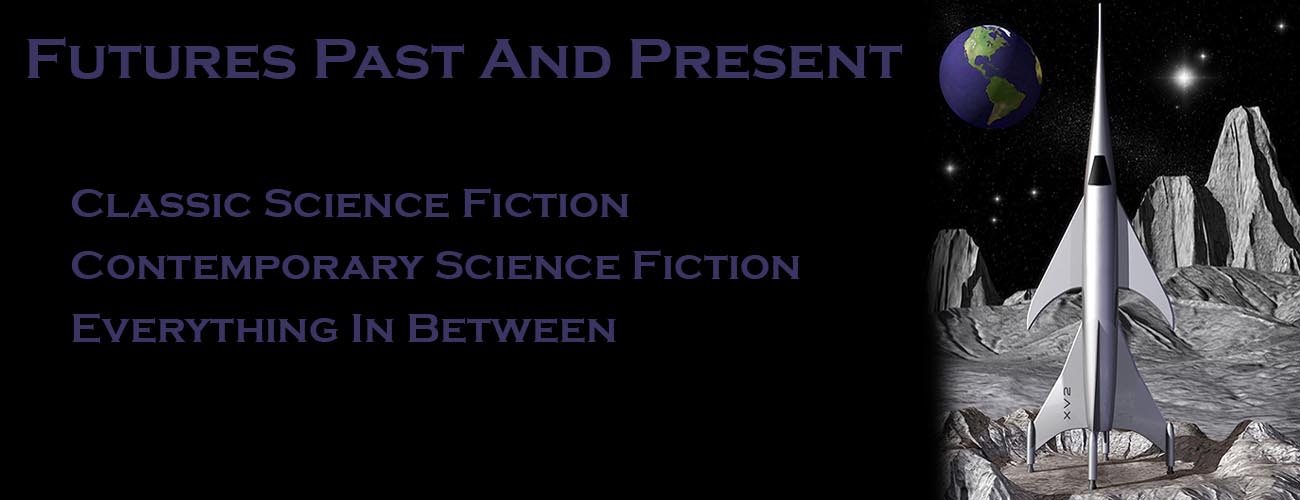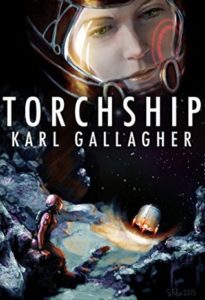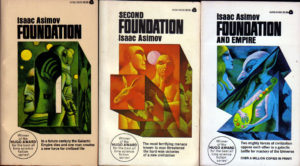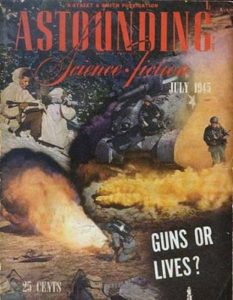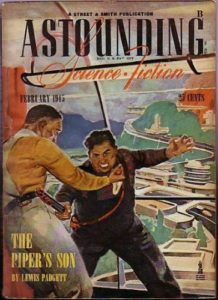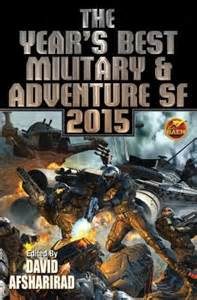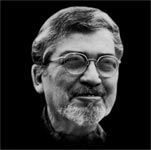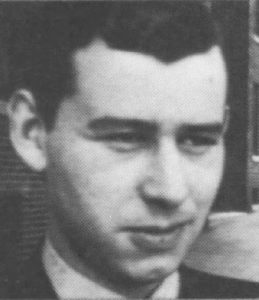 Ninety-five years ago today, on July 23, 1923, Cyril Kornbluth was born in New York City. The middle initial was added later. Although he has faded into relative obscurity today, Kornbluth was one of the best science fiction writers of the 1950’s. He died on March 12, 1958 of a heart attack. He was on his way to an interview with Robert P. Mills for the editorship of The Magazine of Fantasy and Science Fiction.
Ninety-five years ago today, on July 23, 1923, Cyril Kornbluth was born in New York City. The middle initial was added later. Although he has faded into relative obscurity today, Kornbluth was one of the best science fiction writers of the 1950’s. He died on March 12, 1958 of a heart attack. He was on his way to an interview with Robert P. Mills for the editorship of The Magazine of Fantasy and Science Fiction.
Kornbluth was primarily a writer of short fiction. He only wrote a handful of solo novels. The rest of his novels were collaborations with Judith Merrill and Frederik Pohl. His most famous collaboration with Pohl was The Space Merchants. While he also wrote at least a book’s length worth of short stories in collaboration with Pohl, the bulk of his short work wasn’t collaborative. Pohl and Kornbluth were founding members of the famed (and infamous) Futurians.
Kornbluth’s work is marked by a bitter cynicism and often contained some pretty dark satire. (Maybe that’s why he appealed to me when I encountered it as a teenager.) His most famous stories are “The Little Black Bag”, which resembles Kuttner and Moore’s “Mimsy Were the Borogoves” in that an object from the future is sent back into the past (our present), and its sequel “The Marching Morons”. The latter takes place in a future where a few elite control a population of morons, and there are no common characters between the two stories. “The Marching Morons” is as relevant today as it was when it was written.
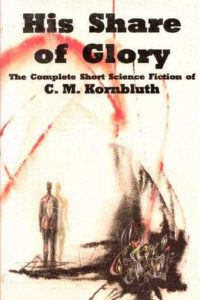 NESFA Press collected all Kornbluth’s short fiction in His Share of Glory. It’s also available in an audiobook. I read it years ago; it’s due to be dusted off and read again. I’ll try to take a closer look at one of his stories later this week. There are some gems in this collection. Kornbluth needs to be more widely read.
NESFA Press collected all Kornbluth’s short fiction in His Share of Glory. It’s also available in an audiobook. I read it years ago; it’s due to be dusted off and read again. I’ll try to take a closer look at one of his stories later this week. There are some gems in this collection. Kornbluth needs to be more widely read.
